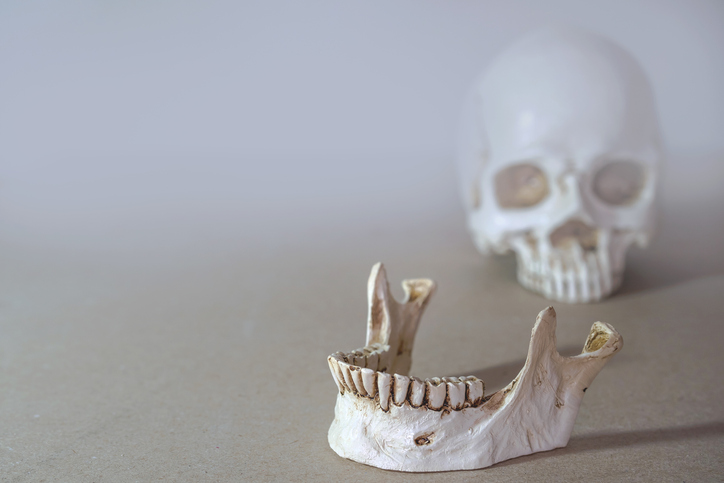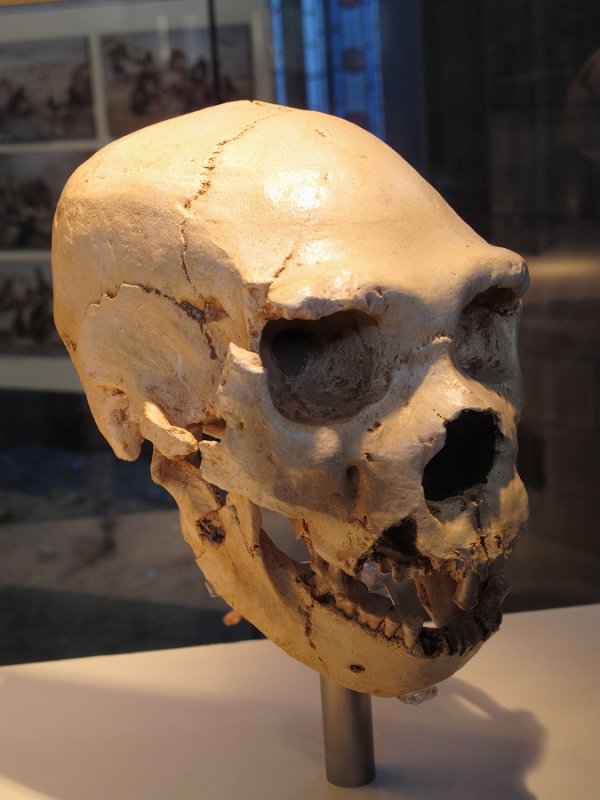
Getting a filling may not be anyone’s idea of a good time, but be happy you live in the here and now and didn’t have to get your cavities treated during ancient times. Today’s dentists are able to use modern technology—and anesthesia—to make sure the process is fast and comfortable, but things weren’t always this way. Here is a look at some ancient techniques for filling cavities that you’ll be happy to know haven’t been used in centuries.
Removing the Infected Pulp
When you see your dentist for a filling, after you receive your anesthesia, your dentist will remove the infected pulp from your tooth. Today, dentists use sophisticated and gentle equipment that effectively targets the infected pulp with as little disruption to the healthy parts of your tooth as possible. In ancient times, dentists removed the pulp from cavities as well. However, they would do so by digging it out with sharpened stones without any anesthesia.
Filling the Cavity
When the infected pulp is removed from a tooth, the filling is then placed in the space created in order to re-strengthen the tooth. Dentists today use composite, ceramic, gold, porcelain, and amalgam fillings. In ancient times, the filling materials were a bit different. Teeth that were discovered in Italy and were thought to be about 13,000 years old were filled with vegetable fibers, hair, and bitumen, which is derived from oil. Today, bitumen is used for repaving roads. Other teeth from ancient times that have been discovered were filled with other materials, such as beeswax, and for cavities that couldn’t be fixed and that led to tooth loss, the Mayans used gold wires to attach replacement teeth to the jaw.
At University Associates in Dentistry, you’ll be pleased to find the very latest in dental technology waiting for you, including CEREC and digital X-rays. Make your appointment for a dental consultation in Chicago by calling (312) 704-5511.











